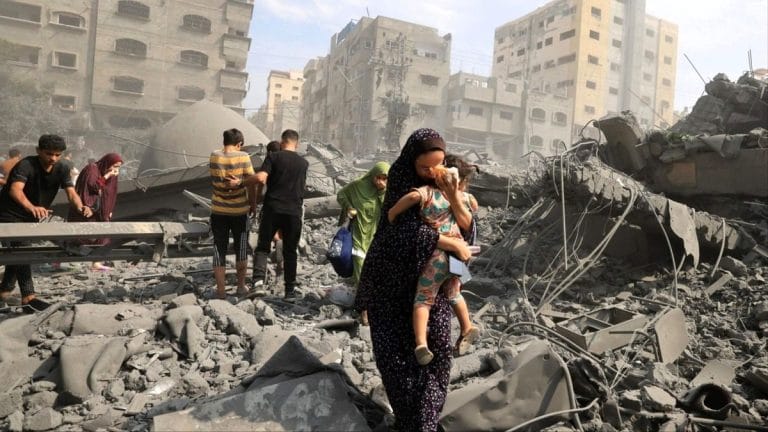The recent escalation in military actions by the United States against Houthi targets in Yemen reflects a growing concern over the activities of the Houthi movement, which has been increasingly aggressive in its operations. The U.S. strikes, executed in response to a series of provocations, underscore the complex and volatile nature of the conflict in Yemen, which has been ongoing for several years and has drawn in various regional and international actors.
The Houthis, a group that emerged from northern Yemen, have been engaged in a protracted civil war against the internationally recognized government of Yemen since 2014. The conflict has resulted in a dire humanitarian crisis, with millions of civilians facing famine, disease, and displacement. The situation has been further complicated by the involvement of foreign powers, including Saudi Arabia and Iran, each supporting opposing sides in the conflict.
In recent months, the Houthi movement has intensified its military operations, launching attacks on Saudi Arabia and other regional targets. These actions have raised alarms within the U.S. government, prompting a reassessment of its military posture in the region. The Biden administration has emphasized the need to protect U.S. interests and allies, particularly in light of the Houthis’ growing capabilities and their willingness to target U.S. assets.
The airstrikes conducted by U.S. forces were described as precise and targeted, aimed at minimizing collateral damage while effectively degrading the military capabilities of the Houthi movement. U.S. officials stated that the strikes were necessary to deter further attacks and to send a clear message regarding the consequences of aggression against U.S. interests. The operation was conducted in coordination with intelligence gathered over recent weeks, which indicated an imminent threat posed by Houthi forces.
While the strikes may achieve short-term military objectives, they also raise significant questions about the broader implications for the conflict in Yemen. The humanitarian situation in the country remains critical, with millions of people in need of assistance. The ongoing airstrikes could exacerbate the suffering of civilians and hinder efforts to reach a negotiated settlement to the conflict.
International responses to the U.S. strikes have varied. Some countries have expressed support for the U.S. actions, viewing them as a necessary step to counteract Iranian influence in the region. Others have voiced concerns about the potential for escalation and the impact on the already fragile humanitarian situation in Yemen. Humanitarian organizations have called for a cessation of hostilities and urged all parties to prioritize the welfare of civilians.
The U.S. military’s engagement in Yemen is part of a broader strategy to counter threats from non-state actors in the region. The Biden administration has indicated its commitment to working with allies to address security challenges while also emphasizing the need for a diplomatic resolution to the conflict. However, the path to peace in Yemen remains fraught with difficulties, as entrenched positions and competing interests complicate the negotiation landscape.
As the situation continues to evolve, the international community will be closely monitoring the developments in Yemen and the implications of U.S. military actions. The potential for further escalation remains a significant concern, particularly given the complex web of alliances and enmities that characterize the region. The U.S. strikes represent a critical juncture in the ongoing conflict and highlight the challenges of balancing military action with humanitarian considerations.
In conclusion, the U.S. airstrikes against Houthi targets in Yemen mark a significant escalation in military engagement in the region. While aimed at addressing immediate threats, the long-term implications for the conflict and the humanitarian situation in Yemen remain uncertain. The international community faces the challenge of navigating a path toward peace while addressing the urgent needs of the Yemeni people caught in the crossfire of a protracted conflict.



